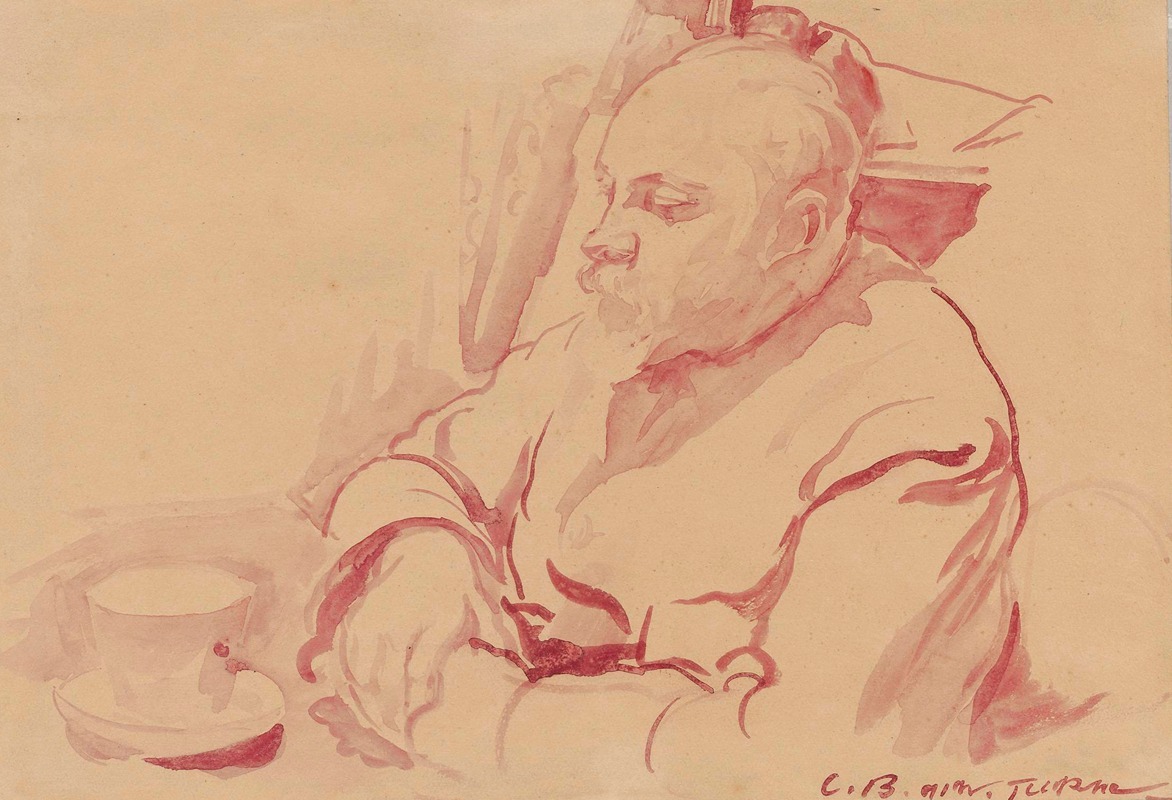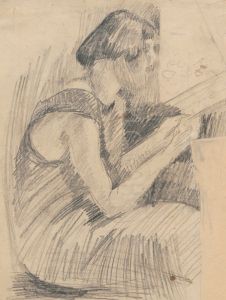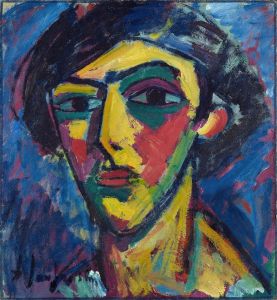
Portrait of painter Nikolay V. Sklifosovsky
A hand-painted replica of Zygmunt Waliszewski’s masterpiece Portrait of painter Nikolay V. Sklifosovsky, meticulously crafted by professional artists to capture the true essence of the original. Each piece is created with museum-quality canvas and rare mineral pigments, carefully painted by experienced artists with delicate brushstrokes and rich, layered colors to perfectly recreate the texture of the original artwork. Unlike machine-printed reproductions, this hand-painted version brings the painting to life, infused with the artist’s emotions and skill in every stroke. Whether for personal collection or home decoration, it instantly elevates the artistic atmosphere of any space.
Zygmunt Waliszewski, a prominent Polish painter, created the "Portrait of Painter Nikolay V. Sklifosovsky," a work that reflects his unique style and artistic vision. Waliszewski was born in 1897 in Saint Petersburg, Russia, and later moved to Poland, where he became an influential figure in the Polish art scene. He was known for his vibrant use of color and expressive brushwork, characteristics that are evident in this particular portrait.
The subject of the painting, Nikolay V. Sklifosovsky, was a fellow artist and contemporary of Waliszewski. While specific details about Sklifosovsky's life and career are not widely documented, it is clear that he was part of the artistic milieu that surrounded Waliszewski. This connection likely provided the impetus for Waliszewski to capture Sklifosovsky's likeness on canvas.
Waliszewski's style was heavily influenced by the Post-Impressionist movement, and he often incorporated elements from other modernist trends of the early 20th century. His works are characterized by bold colors, dynamic compositions, and a certain emotional intensity. In the "Portrait of Painter Nikolay V. Sklifosovsky," these elements come together to create a vivid and engaging depiction of the sitter.
The portrait showcases Waliszewski's skill in capturing the essence of his subject. The use of color is particularly striking, with a palette that brings warmth and vitality to the painting. The brushwork is loose yet deliberate, allowing for a sense of movement and life within the portrait. This approach not only highlights Sklifosovsky's features but also conveys a sense of his personality and presence.
Waliszewski's ability to convey emotion and character through his portraits is one of the reasons he is celebrated as a significant figure in Polish art. His works often go beyond mere representation, offering viewers a glimpse into the inner world of his subjects. In the case of Sklifosovsky, Waliszewski's portrait serves as both a personal tribute and a testament to the artistic community of which they were both a part.
The "Portrait of Painter Nikolay V. Sklifosovsky" is an example of Waliszewski's mature style, reflecting his mastery of color and form. It is part of a broader body of work that includes portraits, still lifes, and landscapes, each demonstrating his commitment to exploring the possibilities of modern art. Waliszewski's contributions to the art world were cut short by his untimely death in 1936, but his legacy endures through his paintings, which continue to be studied and admired for their innovation and expressiveness.
Today, Waliszewski's works, including the portrait of Sklifosovsky, are held in various collections and museums, where they continue to inspire and engage audiences. His ability to capture the spirit of his time and the individuals within it ensures that his art remains relevant and appreciated by new generations of art lovers and scholars.


















